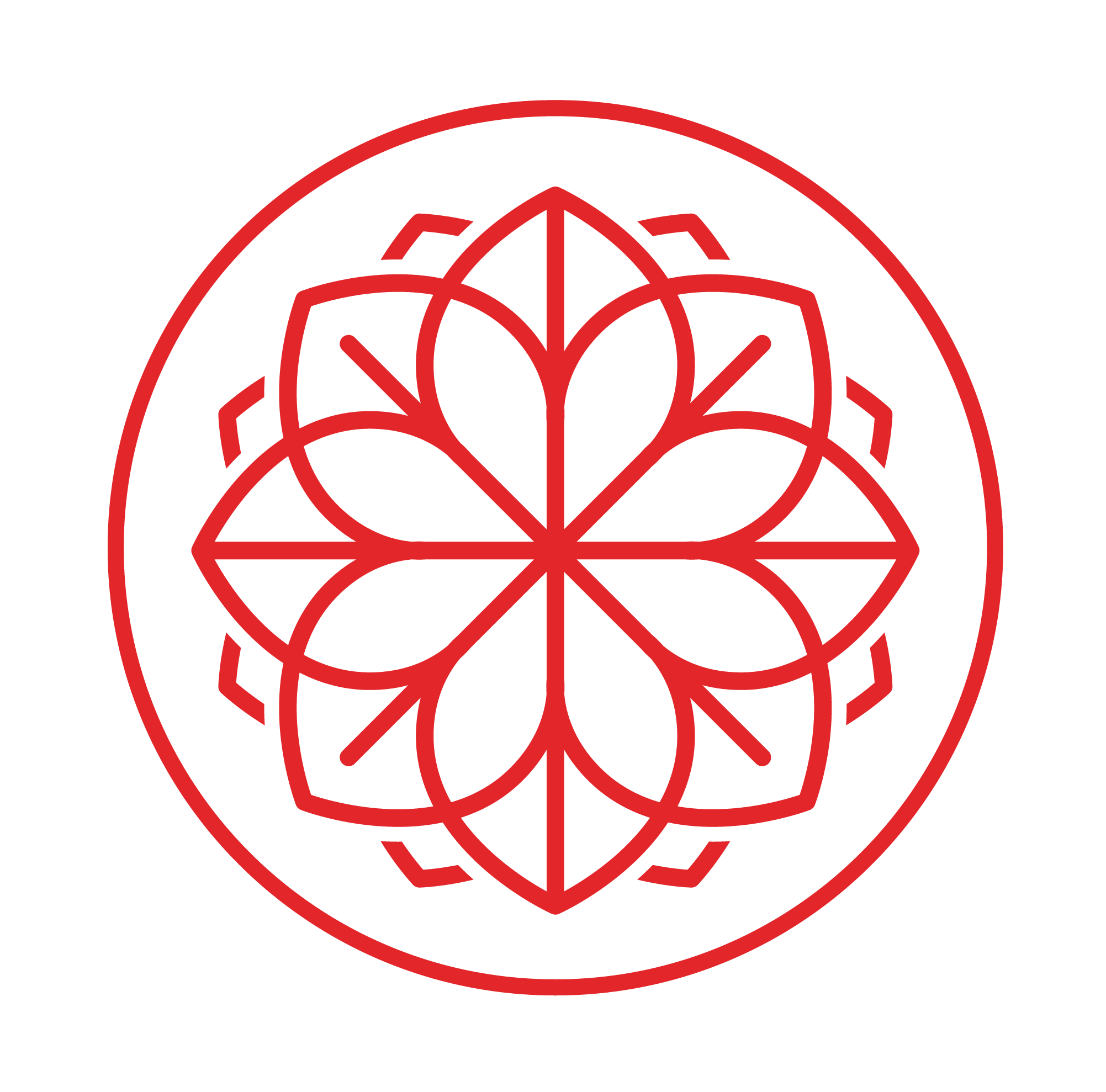Proper postpartum care is essential for the mother’s immediate and long term health. Through rest, nutrition, and healthy daily practices, women can recover from the rigors of pregnancy and delivery to best support themselves and their growing family. The following guidelines can be adapted to best reflect the individual mother’s postpartum experience for optimal recovery.
Zou Yue Zi
Zou Yue Zi, or “doing the month”, refers to the first 40 days, or 6-8 weeks, of essential and specific rest after birth where the focus is on the mother’s recovery. This is the practice of slowly acclimating to regular, pre pregnancy and delivery activity, allowing the mother’s body to regain strength through rest and relaxation. Each month postpartum has particular guidelines to follow for optimal recovery.
Month 1:
Aside from caring for the baby’s needs like feeding and changing diapers, the rest of the mother’s time should be spent in bed. Get up only to use the restroom or bathe.
Sleep when baby sleeps, even if that is just for a few minutes
Designate someone else, whether that be a partner, parent, doula, friend, or other type of professional, to manage household tasks like cleaning, cooking, childcare, and various other daily life tasks
Do not go outside and avoid opening windows
Limit the number of people you allow in your home to avoid germs
Do very soft stretches from bed
Pay attention to vaginal bleeding- should only last a few weeks after birth
Keep the body at a comfortable temperature- not too hot or cold
Practice meditation
Month 2:
This is the time to start reincorporating simple household tasks
Start taking short walks outside
Incorporate light exercises like yoga, pilates, or qigong to strengthen lower back and abdominals
Strengthen pelvic floor with kegel exercises
Avoid lifting weights or doing heavy housework
Month 3:
Regular activity should be achievable by now, but recovery is individual
Acupuncture
As early as 7 days after birth, postpartum acupuncture can help rebalance the mother’s body and support recovery. Treatment will vary depending on vaginal vs c-section delivery, as well as on the mother’s particular needs.
Acupuncture can help with the following postpartum symptoms:
Difficulty lactating
Mastitis (inflammation or an infection of one or both breasts)
Urinary incontinence from vaginal tearing
Fatigue/exhaustion
Pelvic pain, and pain/recovery after a C-section
Constipation and hemorrhoids
Postpartum depression and anxiety
Night sweats and hormonal imbalances
Uterine bleeding
Calms the nervous system
Promotes stress relief and relaxation
Grounding
Relieves symptoms of postpartum depression and anxiety
Nutrition and Recipes
According to TCM, blood and yin deficiency and blood stagnation are two types of deficiencies that can affect a woman’s body postpartum. Birth is a strenuous process in which the mother’s Qi, or energy, is depleted and she loses a large quantity of blood. During pregnancy, blood, Qi, and essence are given to the baby, depleting the mother. To combat these deficiencies while pregnant, prenatal vitamins are recommended, but supplementation does not end postpartum. Proper nutrients are required to produce milk to feed the baby, and to support the mother in replenishing Qi and essence.
Postpartum vitamins:
Iron, B12, omega fatty acids, choline, vitamin D
Postpartum foods:
Grains like millet, rice, oats, corn, barley, wheat
Proteins like eggs, salmon, lean meat, chicken, black chicken, mung beans, black bean
Nuts or seeds like black sesame seeds, walnuts, pecans, pine nuts
Vegetables like dark leafy greens, carrots, legumes, spinach, seaweed, yams, broccoli, asparagus
Roots like ginger
Fruits like cantaloupe, honeydew, bananas, mangoes, apricots, prunes, grapefruit. Fruit can be fresh, canned, or dried, but avoid frozen
Dairy like organic whole fat milk, yogurt, cheese
Avoid the following:
Alcohol and smoking
Oranges, onions, and garlic- may cause bloating and diarrhea in the newborn
Chives, hot chili, pungent foods
Frozen or icy cold foods and drinks of any kind
Sugary or processed foods such as cakes, pastries, and desserts
Overly oily, greasy, fried, or fatty foods
Ginseng tea
Chicken Soup
Ingredients:
1 whole Chicken silkie or black chicken if possible, regular chicken if not - around 2 lbs or 1 kg.
¼ Cup (60ml) Shaoxing Chinese cooking wine or sherry
4 (2oz or 60g) Scallions, chopped
1.5 oz (45g) Fresh ginger, peeled and sliced thin
1 oz (25g) Shiitake mushrooms (optional)
1 bag dried herbs from Cherry Blossom Healing Arts- separate out the goji berries and red dates
Soy sauce to taste
Salt and pepper to taste
Instructions:
Rinse chicken, remove giblets, and place in a large stockpot or dutch oven. Add in cooking wine, scallions, ginger, and bagged herbs.
Bring to a gentle simmer over medium heat and scoop off any foam that rises to the surface. Continue at a gentle simmer until the chicken is cooked through and falls off the bone, about 45 minutes.
Carefully remove chicken from the broth and allow time to cool before removing the meat (and skin if you like it).
Return carcass to broth, cover, and cook at a very gentle simmer for a clearer broth, about 3 hours, or a light boil for a creamier broth, about 2 hours.
Strain broth, discarding chicken carcass and aromatics. Return broth to the pot, add in chicken meat, goji berries, dates, and mushrooms. Simmer until mushrooms are cooked through, about 2-4 minutes.
Season with additional salt, pepper, or soy sauce as needed. Garnish with chopped scallions and enjoy!
In our modern world, there is a strong pressure to quickly return to normal life. However, taking the time to really rest, nourish, and replenish your body postpartum can have immediate and long lasting positive effects on a mother’s health, and therefore her baby’s as well. These first weeks after the stress of birth are precious, and should be treated with care. Take the time to rest and relax and enjoy your new baby.
References
https://elissapelling.com.au/tcm-and-postpartum-traditions/
https://cherryblossomhealingarts.com/womens-health/how-to-care-for-yourself-postpartum
https://www.tcmhealingcenter.com/post/postpartum-care-with-tcm-how-to-optimize-the-health-of-you-and-baby
https://www.hennepinhealthcare.org/specialty/acupuncture/acupuncture-postpartum/
https://thedaohealth.com.au/postpartum-support-acupuncture/
https://babynestbirth.com/acupuncture-after-birth-top-4-healing-benefits/

